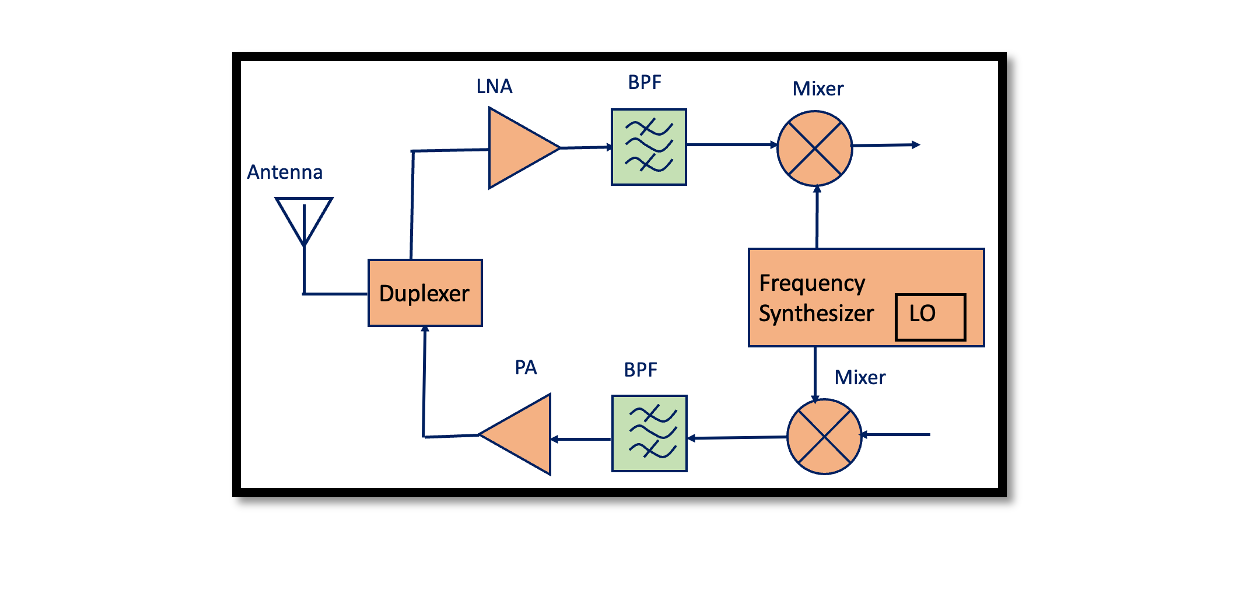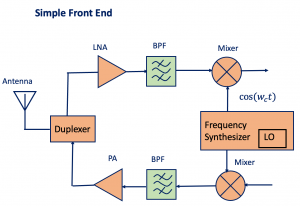
Introduction to Transceivers
What is a Transceiver?
A transceiver is a combination of transmitter and receiver, hence the name transceiver. The transmitter and receiver share the circuitry. It can both transmit and receive radio waves to communicate with another device. Transceivers are widely used in wireless communications which allows mobility and portability though it might drive up the cost. Information like data/voice/video is transmitted wirelessly by an RF transceiver. Also used in satellite communication for the transmission and reception of signals.
What is the difference between full-duplex and half-duplex Transceiver?
Transmitters are categorized by the type of transmission. A transceiver can be half duplex or full duplex. Half duplex transceivers can either transmit or receive at a time, for example, a walkie-talkie. It cannot do both simultaneously whereas a full duplex transceiver can transmit and receiver simultaneously, for example, a mobile phone. When choosing the right transceiver mainly consider the supply voltage, frequency range, and output power. The transceiver type can also vary depending on the modulation used for communication. Example pulse modulation (PM).
Simple Structure of a Transceiver
The below image shows a very simple structure of a transceiver. It’s a combination of Rx and Tx which is connected using the duplexer block. This duplexer block acts as a decision block, it decides whether to receive signal or transmit the signal. The use of a duplexer in the structure allows Tx and Rx to operate simultaneously.
For example let’s say we want to transmit data so basically, we are having a channel or carrier. The duplexer should conduct this wave or signal to the antenna you can imagine this duplexer as something like a switch.
Now let’s say we have a signal from PA trying to connect to an antenna, but the duplexers block the signal from Tx to Rx so that the signal is not allowed to leak from Tx to Rx and vice versa when we are receiving a signal. The duplexer conducts the signal to the input of RX so it means that it won’t allow the signal to leak to Tx from here.
So there are two ways here and this is the simplest structure of the transceiver where the upper part is Rx with LNA, BPF, and Mixer and the lower part is Tx with PA, BPF, and Mixer. Nowadays we don’t use these structures, it just to explain the idea of the transceiver. The important point to note here is that both Tx and Rx share two blocks in the structure, the first one is the antenna and the second is the Local Oscillator (LO). We will discuss this in future blogs.




